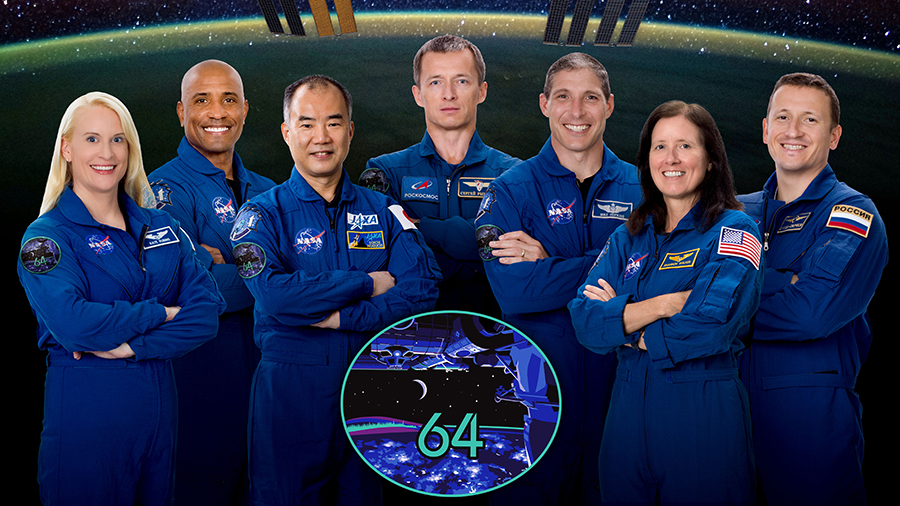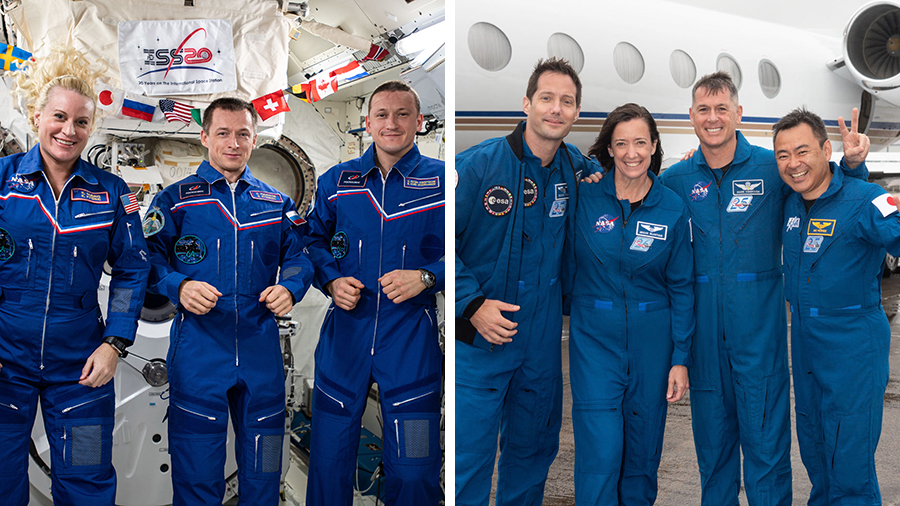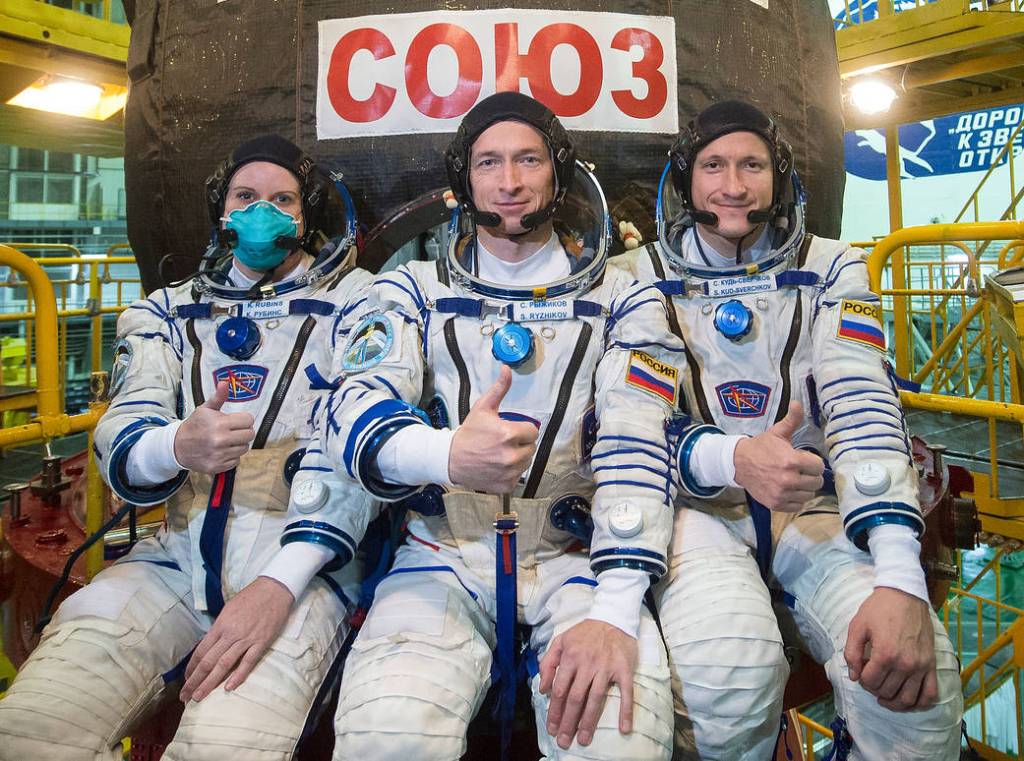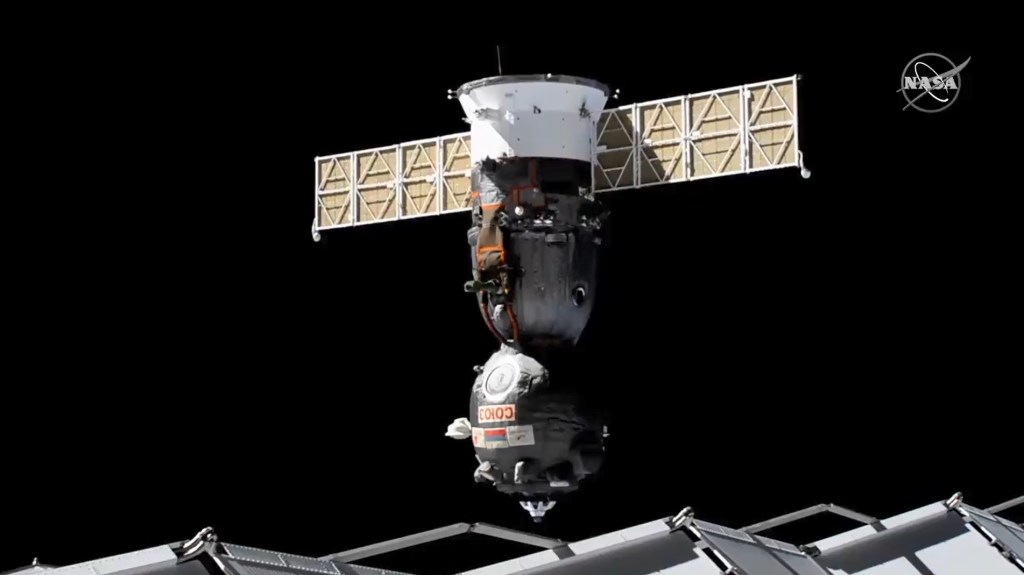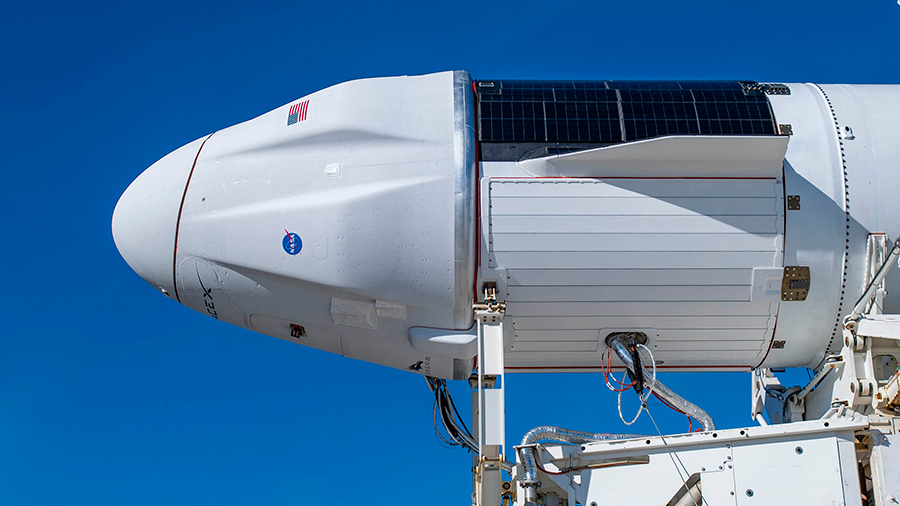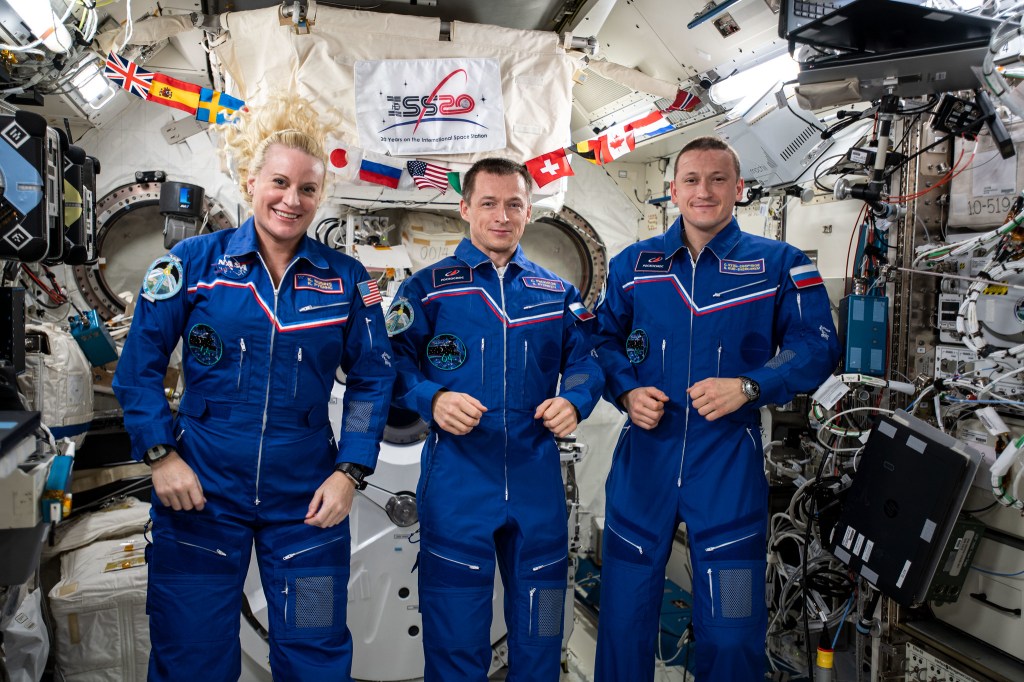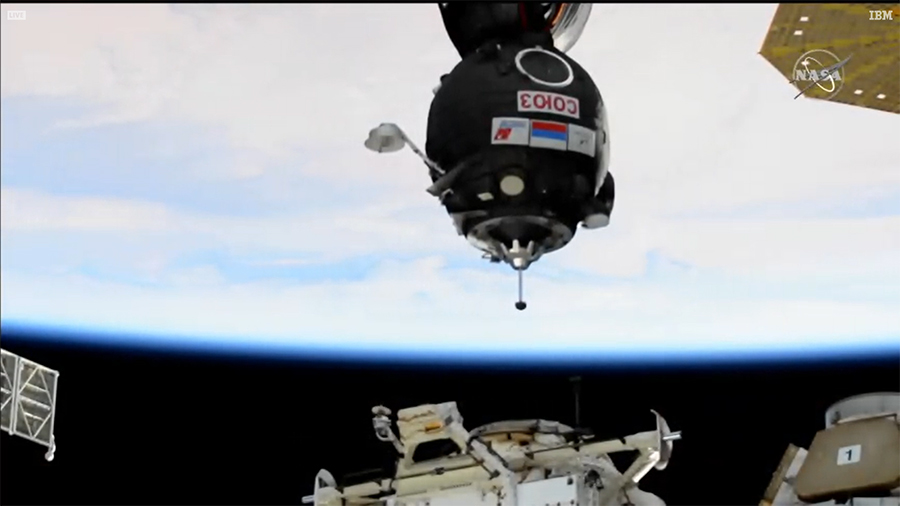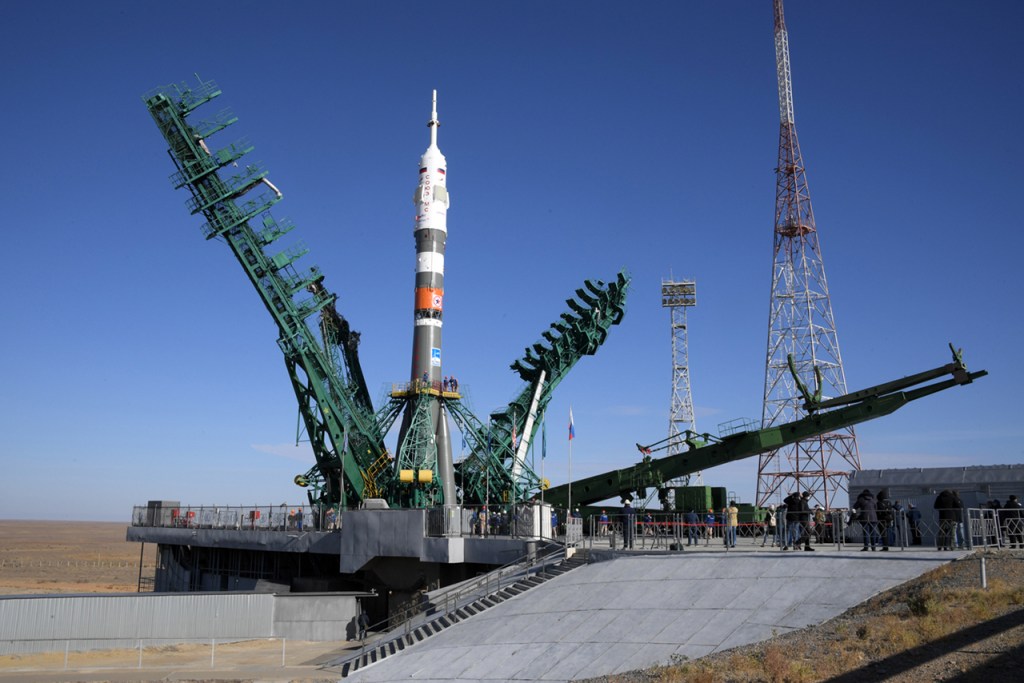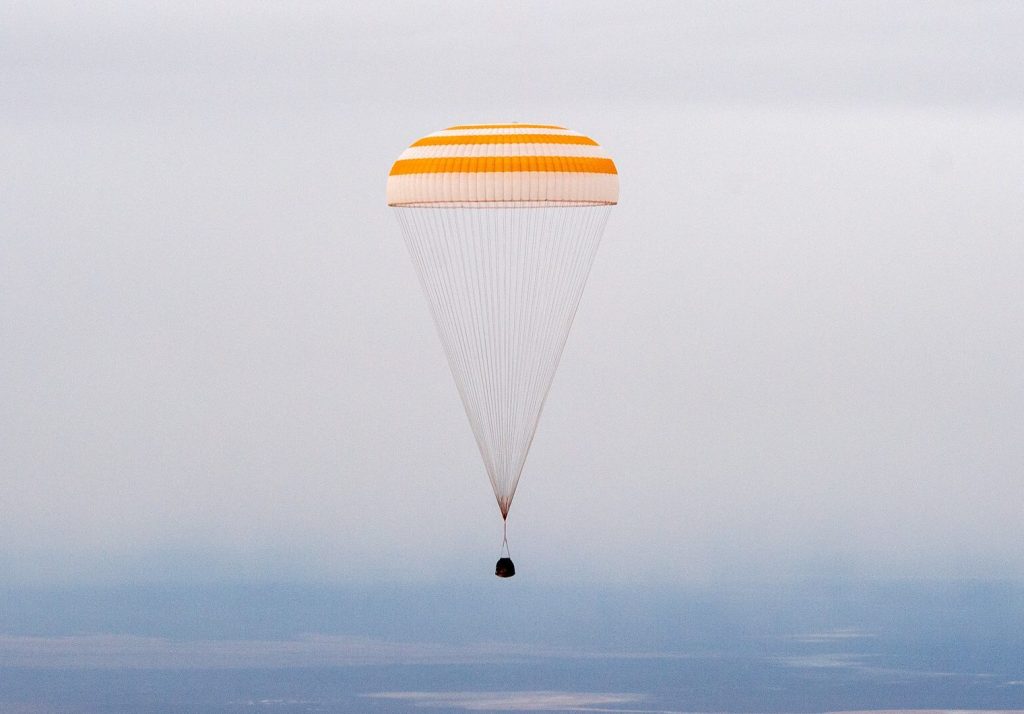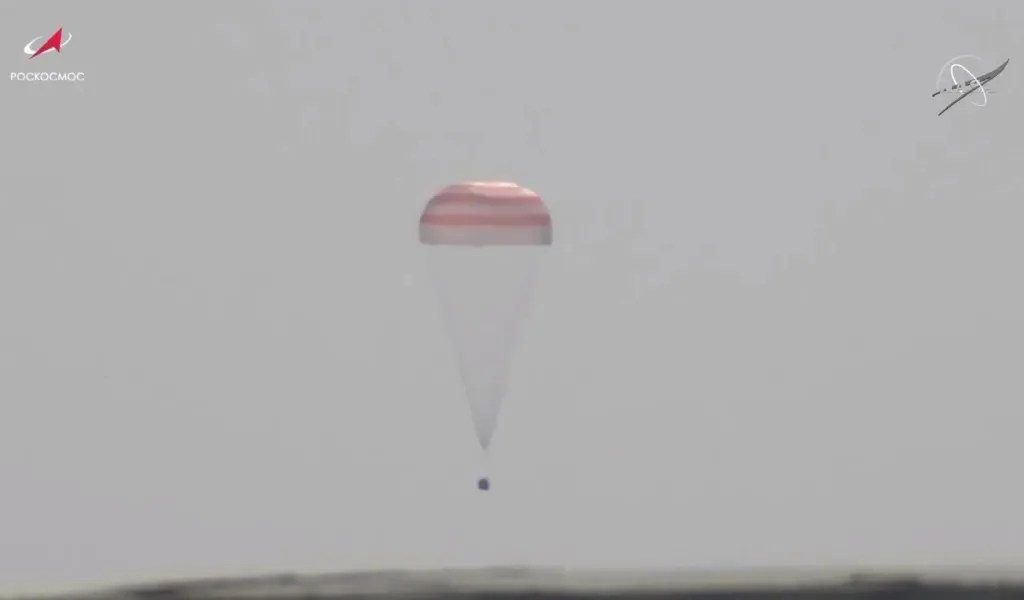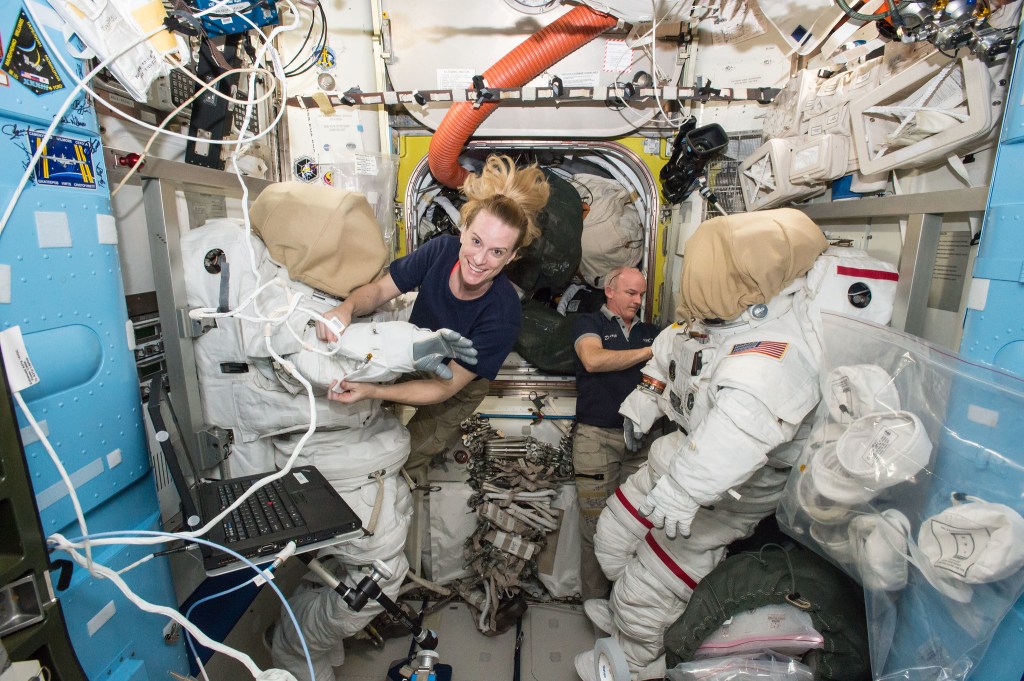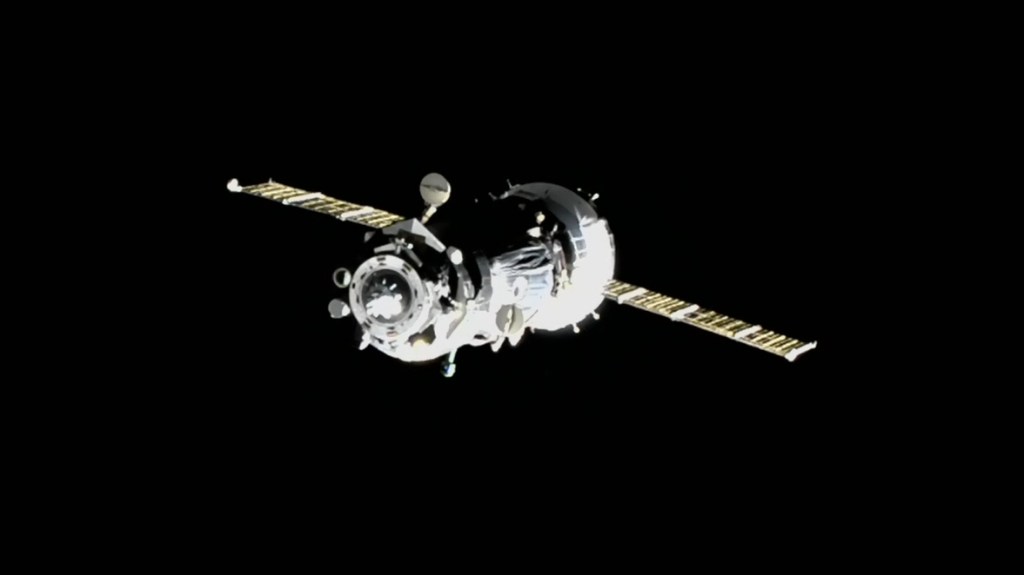Search Results for: Expedition 64
12415 results found
Filter Results
Content Type
-
-
-
-
-
-
-
Categories
-
-
-
-
-
Changed
-
-
Language
-
-
We're working continuously to improve our search results. If you aren't finding what you expect, please use our feedback form to share the search query and expected result with us so we can improve.





























